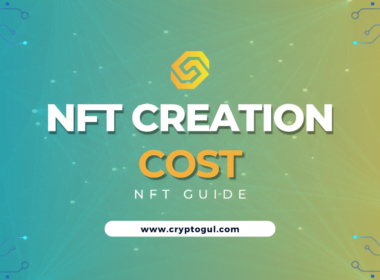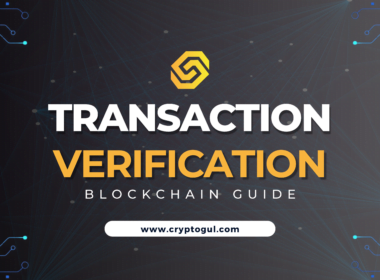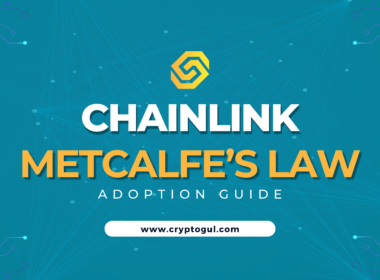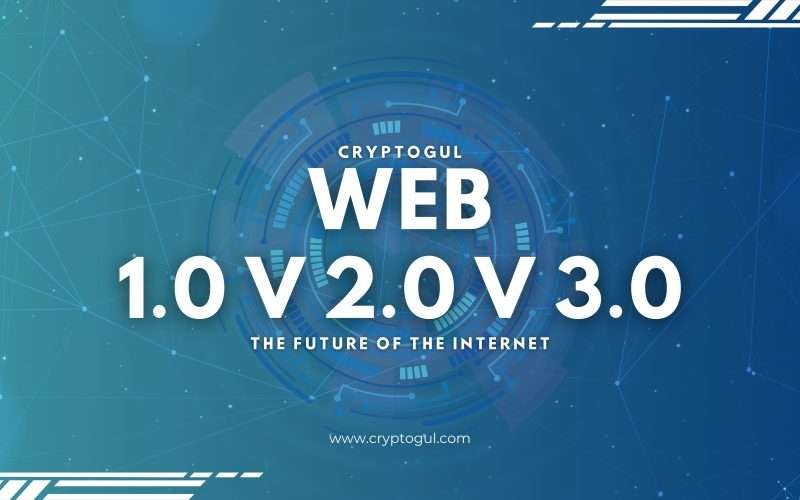When people talk about DeFi protocols what they really mean are networks for decentralized finance.
Essentially these protocols consist of several smart contracts and dApps that allow users to perform various financial transactions on the blockchain network.
Without having to rely on traditional banking systems or intermediaries DeFi has quickly become a popular option amongst many.
How DeFi Protocols Work
Smart Contracts
To put it simply: smart contracts automate agreements by executing them autonomously once specific conditions have been fulfilled – helping bypass intermediaries and minimize transaction costs in the process.
They represent critical building blocks that power many decentralized Finance (DeFi) protocols consisting of dApps constructed atop blockchain networks like Ethereum
Decentralized Applications (dApps)
DeFi protocols depend on combining user interfaces with smart contracts for financial services delivering transparency, security, and resistance against censorship simultaneously.
Key Components of DeFi Protocols
Decentralized Exchanges (DEXs)
DEXs are platforms intended for enabling crypto trades sans any reliance upon central authorities relying on smart contracts’ streamlined approach toward exchanging processes so users can achieve enhanced privacy and security relative to their centralized counterparts.
Lending and Borrowing Platforms
These platforms enable users to lend or borrow cryptocurrencies using smart contracts. Lenders earn interest on their deposits, while borrowers can access funds without relying on credit checks or other traditional banking processes.
Stablecoins
Stablecoins play an important role in ensuring predictability and stability within the DeFi ecosystem as they’re specially designed to track fiat currencies such as the US dollar – assuring peace of mind when it comes to managing investments.
Tokenization
In modern finance tokenization is the process of creating digital tokens which represent real world assets like stocks, properties or commodities. These tokens provide a means to trade assets on decentralized systems known as DeFi platforms.
Advantages of DeFi Protocols
In comparison to traditional finance environments these platforms offer advantages such as accessibility enhancement, lowered fees and improved security levels.
The inception point for DeFi can be traced back to cryptocurrencys early stages when projects like Bitcoin aimed at establishing a decentralized financial system.
Risks and Challenges of DeFi Protocols
Despite their potential, DeFi protocols also face risks and challenges, such as regulatory uncertainty, smart contract vulnerabilities, and scalability issues.
Users should be aware of these risks and exercise caution when participating in DeFi platforms.
Popular DeFi Protocols
Uniswap
Uniswap is a popular decentralized exchange that allows users to trade a wide variety of tokens with minimal fees. It utilizes an innovative automated market-making mechanism to facilitate trades without the need for an order book.
Aave
Aave is a leading lending and borrowing platform that allows users to earn interest on their deposits or borrow funds with various cryptocurrencies as collateral.
The platform also offers innovative features like flash loans, which enable users to borrow and repay loans within a single transaction.
Compound
Compound is another popular lending and borrowing platform that uses smart contracts to automate the process. It allows users to earn interest on their deposits and borrow against them without relying on intermediaries.
How to Participate in DeFi Protocols
Acquiring Cryptocurrency
To participate in DeFi protocols, users must first acquire cryptocurrencies, such as Ether (ETH) for Ethereum-based platforms.
This can be done through centralized exchanges, peer-to-peer platforms, or even in-person transactions.
Wallets and Security
Users should store their cryptocurrencies in secure wallets and follow best practices for safeguarding their private keys.
Popular wallet options include hardware wallets, software wallets, and browser extensions.
Yield Farming and Liquidity Mining
Yield farming is the practice of strategically using DeFi protocols to maximize returns on deposited assets.
Liquidity mining is a similar concept, where users provide liquidity to a platform in exchange for tokens as rewards.
Both practices have become popular ways to earn passive income within the DeFi ecosystem.
DeFi Governance and Token Economics
Many DeFi protocols have native tokens that serve various purposes, such as governance, incentivizing users, and more.
Token holders can often participate in the decision-making process of a protocol by voting on proposals, contributing to its development and growth.
The Future of DeFi Protocols
As DeFi protocols continue to evolve, they have the potential to reshape the financial landscape by providing more inclusive, efficient, and transparent services.
However, they must also address the risks and challenges they face to ensure their long-term success and adoption.
Tips for DeFi Protocol Beginners
- Do thorough research before participating in any DeFi platform.
- Start small and gradually increase your investments as you gain experience.
- Always prioritize security and keep your private keys safe.
- Stay informed about the latest developments in the DeFi space.
- Don’t be afraid to ask questions and seek help from the community.
Conclusion
DeFi protocols offer a promising alternative to traditional financial services by leveraging blockchain technology and smart contracts.
As the ecosystem continues to grow, it presents exciting opportunities for innovation and financial inclusion.
However, it is essential for newcomers to educate themselves on the risks and best practices before diving into this rapidly evolving landscape.








